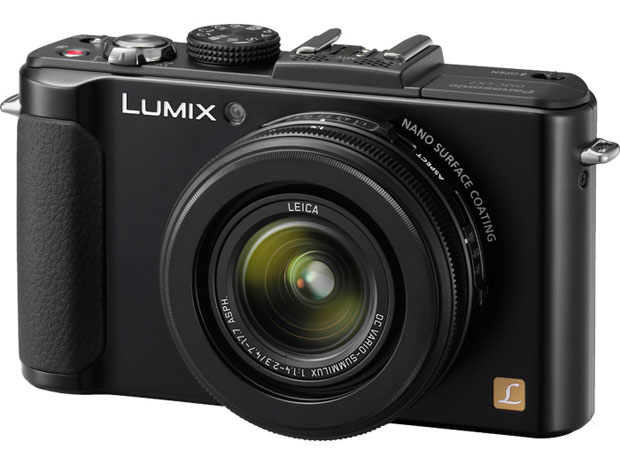Whether you're about to cross the border for Black Friday deals, or you're still allocating your holiday budget, shopping for cameras is a tricky business. There are so many brands, so many models and even more price points. So, we asked camera junkie and gadget reviewer Tim Barribeau to break down the kinds of cameras you should buy for different types of shooters in your life. Whether you want the best for the semi-pro snapper, or just a good value device for anyone, these are the Gadget Gift Guide's picks for the season. Happy hunting!

The Very Best (mirrorless camera)
There are two cameras right now that seem to be trying to prove that if you want professional quality photos (and aren’t afraid to pay for it), you don’t need a huge, hulking DSLR. The Olympus OM-D E-M1 is arguably the best mirrorless camera currently on the market. It has an excellent sensor that takes much better images than its size would suggest, the best electronic viewfinder around, access to the huge Micro Four Thirds stable of lenses and the most effective stabilization system out there. Its all packed in to a body that’s tough and incredibly water resistant. It’s a camera for any and all situations – though the $1,400 price tag is pretty steep.
The other option, if you don’t need something under the tree immediately, might be the recently announced Sony A7 and A7r. These devices manage to take professional level image sensors (what’s called “full-frame”, the size of a traditional frame of film), and squeeze them into a mirrorless body. This pair of cameras hasn’t launched yet (pre-orders may not ship until January 1, 2014), but I’m excited for when they will. The first hands-on reviews suggest that they have the image quality of the biggest and the best professional level SLRs. Which may mean that mirrorless cameras will start to make much bigger inroads for pro-level shooters.

For the Enthusiast (mirrorless camera)

For the Enthusiast (point-and-shoot camera)

For the Retro Enthusiast
The Nikon Df takes the guts of a top of the line, professional level Nikon DSLR, and puts it in the body that’s the spiritual successor to the famed Nikon F. Billed with the tagline “Pure Photography,” this digital camera doesn’t even record video. It has many touches that a classic photographer will appreciate, such as dedicated top dials for shutter speed and ISO. Nikon have even put in a system so that it can properly meter from old lenses, so you can go back even further into Nikon’s back catalog of glass. But this magnificently designed beast doesn’t come cheap – when it launches later this year, it’ll carry a whopping $3,100 price tag. For the dedicated retronaut only.

All Purpose, Affordable

For Tight Budgets

The Wild Card
Lastly, I’ve got a suggestion for a kid who likes projects or models, someone who digs toy cameras or just for an inveterate tinkerer. This is a plastic DIY film camera, based on a classic twin lens reflex design. Sometimes it’s called the Recesky, or the Fotodiox DIY, or maybe even the Gakkenflex. But they’re all the same plastic kit, found mostly online and typically sell for between $20 and $40. And just like a model, you build it yourself out of included bits of plastic. There’s no glue required (though it does take a bit of finessing, and a good few hours of time). The exposures are a bit funny, and your images might come out a slightly odd colour, but that’s half the fun. Just one tip: Google around for alternate instruction manuals. Some of them are pretty horribly translated, and make an already tricky build even more difficult.